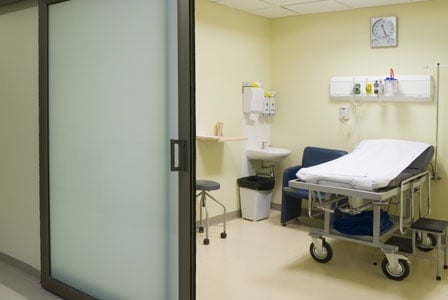
Hospital-acquired infections is a serious problem. Researchers say switching to antimicrobial copper in hospital rooms may dramatically decrease the number of infections.
Copper is a valuable metal. Just ask the telecommunications industry which spends millions of dollars replacing copper wiring stolen for resale on the black market. Copper may become more valuable yet following research that highlights its exceptional antimicrobial properties.
It’s a low-tech, yet simple and effective solution to an increasing—and deadly problem. Every year the incidence of hospital-acquired infections, such as Staphylococcus aureus, methicillin resistant Staphylococcus aureus (MRSA), and vancomycin-resistant enterococci (VRE), continues to rise.
Now researchers at the Medical University of South Carolina have tested copper as a surface covering in several hospital rooms versus the same number of rooms with standard materials. They found that the rooms with copper surfaces decreased the risk of patients acquiring an infection in the hospital by 41 percent.
The research came about after scientists discovered that copper surfaces, such as bed rails and table tops, harbour significantly lower numbers of microbes than standard materials. ICUs with standard materials on surfaces are responsible for up to 80 percent of patient infections.
According to the study lead, bacteria such as Staphylococcus aureus, MRSA, and VRE can survive for long periods of time on contaminated surfaces, so it is important to find materials which make it more difficult for these bacteria to spread to patients, visitors, and health care workers.
To test their theory that copper surfaces could reduce the number of costly and potentially deadly hospital-acquired infections, they equipped eight intensive care rooms—in three hospitals—with copper on surfaces in six areas: bed rails, IV poles, over-bed tables, chair, computer monitor bezel, and call button or computer mouse.
The study concluded that the use of antimicrobial copper surfaces in ICUs reduced bacteria by 97 percent, resulting in a 41 percent reduction in hospital-acquired infections, a very valuable outcome.



